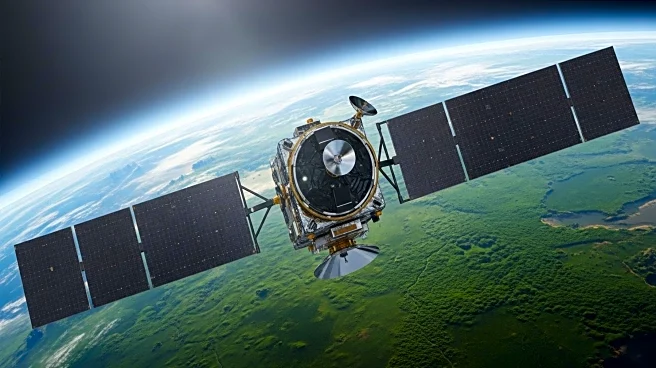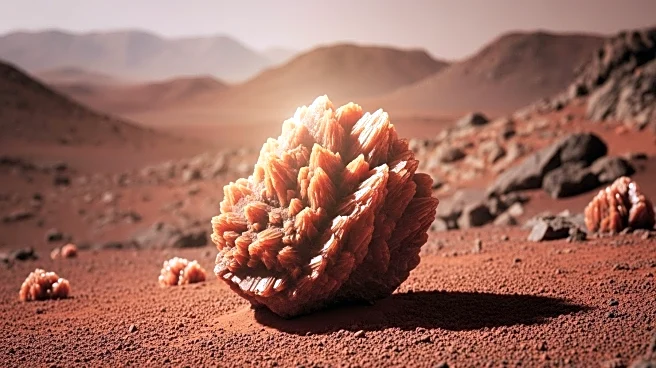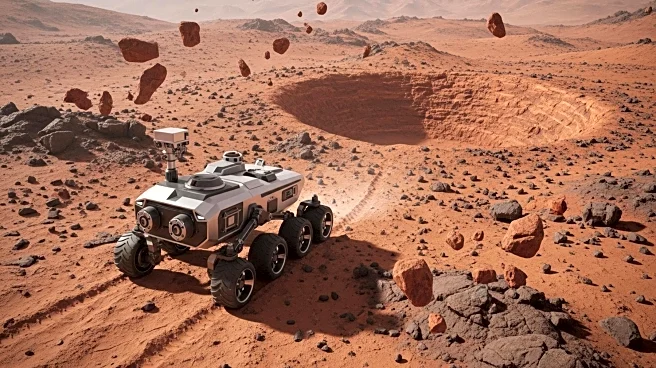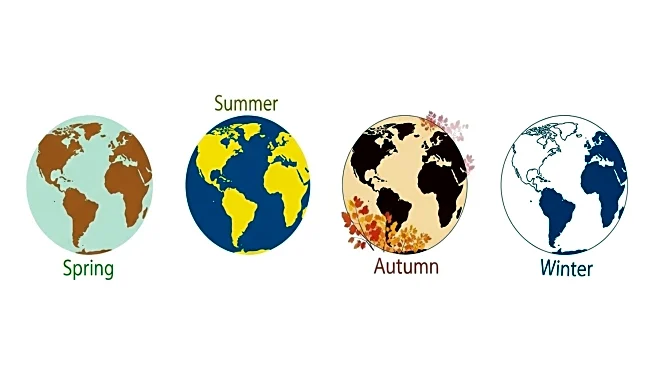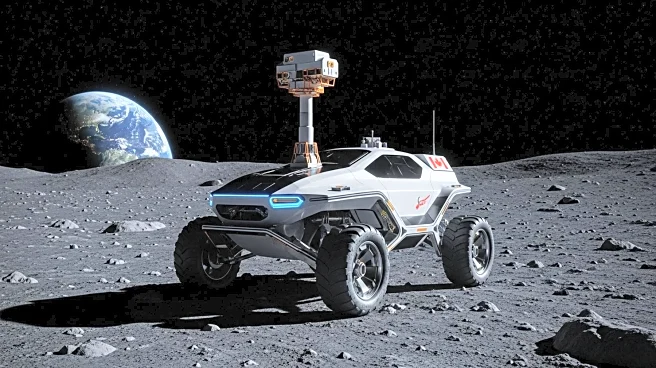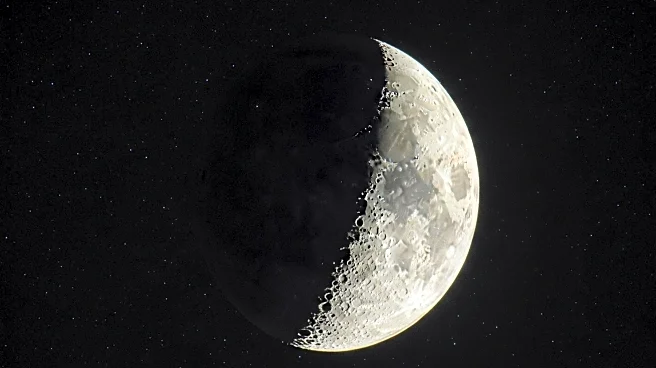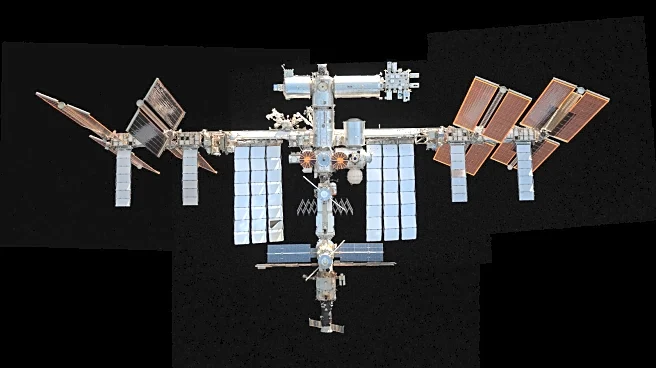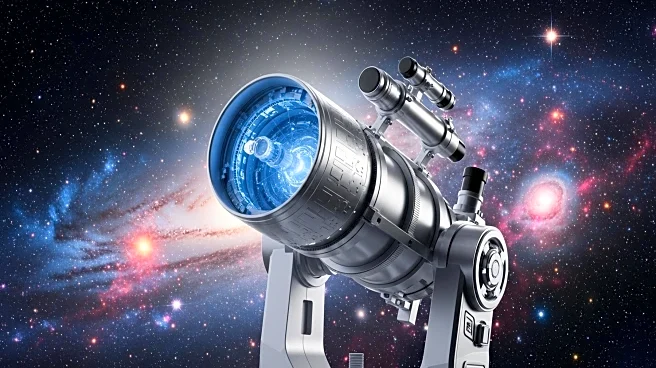What's Happening?
NASA scientists are leveraging data from the PACE ocean satellite to map plant productivity on a global scale. This initiative aims to provide new insights into ecosystem health and the impacts of climate change. By tracking plant growth across various ecosystems, researchers can better understand environmental health and monitor changes over time. The data, collected using the Ocean Color Instrument (OCI) aboard the PACE satellite, allows for the estimation of Gross Primary Productivity (GPP) across different terrestrial ecosystems. This approach offers a more comprehensive view compared to previous methods, capturing a broader range of light reflected from plants. The study highlights the use of the red-edge chlorophyll index, which estimates chlorophyll content, a key indicator of plant health and growth.
Why It's Important?
The ability to accurately monitor plant productivity is crucial for sustaining ecosystems, supporting biodiversity, and ensuring reliable food production. The insights gained from this research can inform land management practices and climate-related decisions, potentially leading to more effective responses to environmental stressors such as heat stress, droughts, and cold snaps. By providing a clearer picture of plant health, NASA's initiative could help land managers detect and respond to sudden drops in productivity, ultimately supporting ecosystem resilience. The use of hyperspectral satellite data represents a powerful, non-invasive method for monitoring plant health, offering a significant advancement in environmental science and management.
What's Next?
Following the successful launch of the PACE satellite in February 2024, Earth scientists are encouraging the use of its instruments for land-based data collection. The continued analysis of this data will likely lead to further refinements in monitoring tools and models, enhancing the accuracy of plant productivity assessments. As researchers continue to explore the capabilities of the PACE satellite, it is expected that new applications and insights will emerge, further contributing to our understanding of Earth's ecosystems and informing policy and management decisions.
Beyond the Headlines
The use of space-based technology to monitor plant productivity underscores the growing importance of satellite data in addressing global environmental challenges. This approach not only enhances our understanding of ecosystem dynamics but also highlights the potential for innovative solutions to support sustainable development. The integration of such data into land management and policy-making processes could lead to more informed and effective strategies for addressing climate change and preserving biodiversity.
